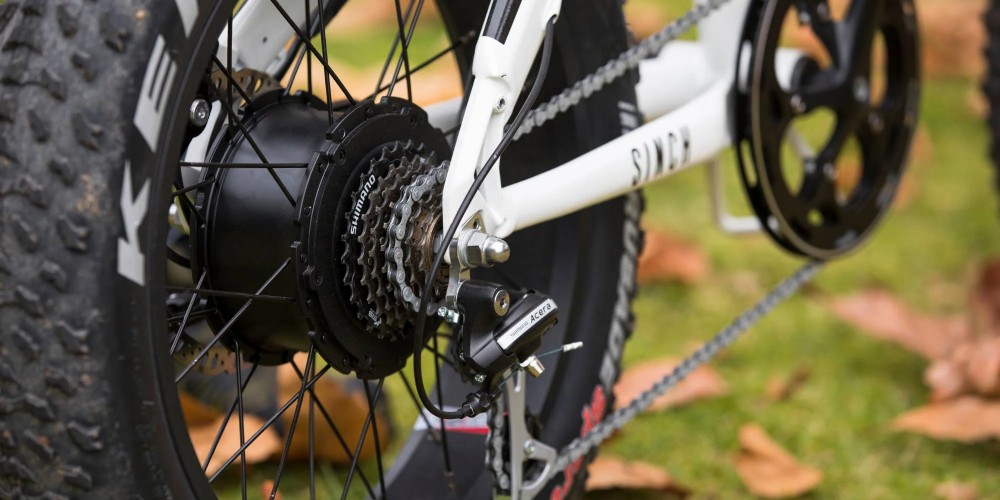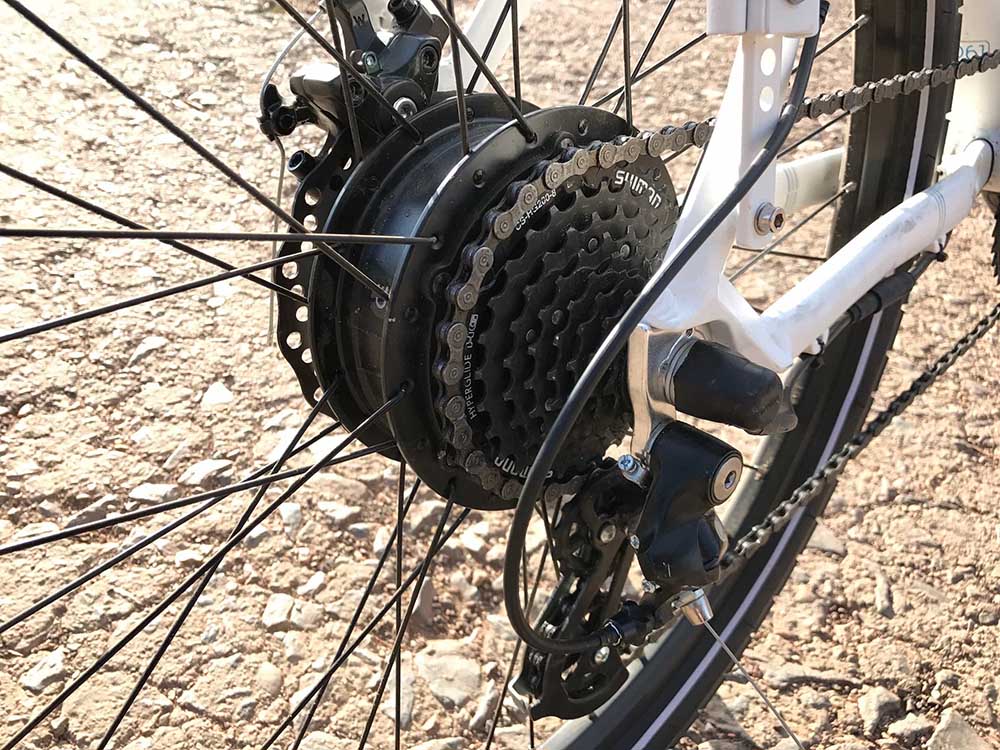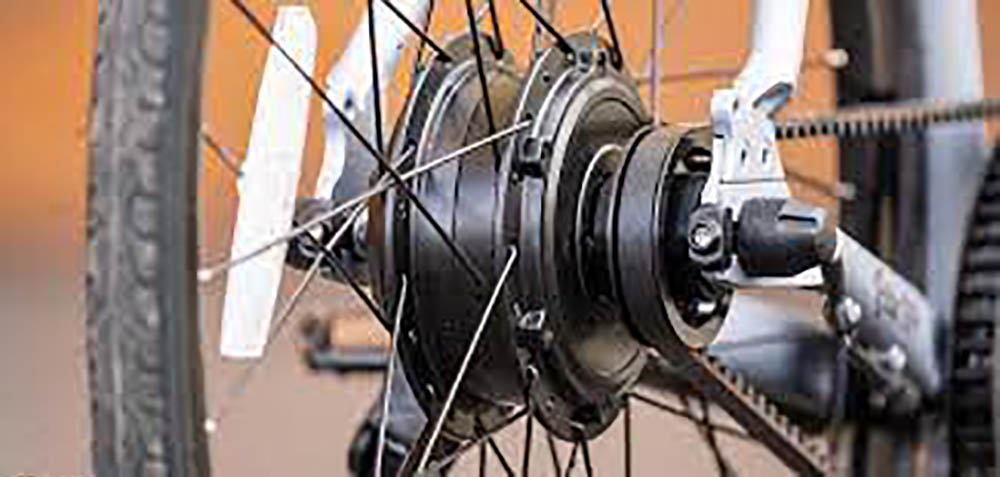6 Reasons Why E-Bike Hhub Motors Should Remain at 500W or Below
Most retail e-bikes and ebike conversion kits come with specific power labels like “500 Watt E-Bike” or “250 Watt E-Bike Conversion Kit.” However, these power designations can often lead to misconceptions. It’s not solely the hub motor power that dictates an e-bike’s performance.
Several factors come into play, influencing an e-bike’s behavior and performance. These include battery capacity, hub motor type, controller design, gear ratio, and weight distribution. Thus, assessing an e-bike’s performance based solely on its power rating is an inaccurate approach.
Typically, an e-bike’s power rating is established by its hub motor’s maximum output power. Nevertheless, the hub motor doesn’t always operate at its highest power during actual usage. In reality, in most riding scenarios, the hub motor only needs to provide a modest amount of power to complement the rider’s pedaling effort.
Therefore, when choosing the right e-bike or e-bike conversion kit, it is important to consider not only the power rating, but also other factors such as torque (which provides acceleration), battery capacity (which determines range), control system (which affects the smoothness of the power output), and so on.
When selecting an e-bike that aligns with your requirements, it’s advisable to consult real-world tests and user reviews to gain a comprehensive understanding of the e-bike’s performance and actual usage. This approach allows you to grasp the e-bike’s potential and suitability, empowering you to make an informed purchase decision.
Hence, instead of being solely swayed by advertised power ratings, take the time to comprehend the interplay of various performance indicators within your e-bike. This approach aids in selecting an e-bike that precisely matches your needs and preferences.
When considering a hub motor for your e-bike, remember that bigger doesn’t necessarily mean better. Traditional hub motors span from 250W to 500W, but as the e-bike industry has evolved, hub motor power has escalated. High-power hub motors now range from 1000W to 6000W. However, the key question is: does more power equate to more benefits? Ultimately, what level of power is genuinely necessary?
Two crucial factors influence hub motor selection: rider weight and the terrain. A 250W hub motor suffices for general commuting, while opting for a 350W or 500W hub motor proves advantageous for uphill rides. On the other hand, the 6000W hub motor is tailored for hub motorcycle racing and isn’t intended for urban streets.
In general, a well-designed e-bike provides ample power at 500 watts or below for the average rider. In fact, increasing your e-bike’s power comes with downsides. Before delving into the drawbacks of high-power hub motors, it’s essential to bear in mind that standard regulations typically impose a 500-watt limit on hub motor power. These regulations are established based on engineering principles and safety considerations.
Why You Should Choose a Hub Motor with 500W or Less Power:
In all Canadian provinces, regulations restrict the output of most e-bikes to 500 watts and a maximum speed of 32 km/h (20 mph) when relying solely on hub motor power. However, imposing a wattage limitation on e-bike hub motors does not inherently restrict their potential power. Despite the nominal power of 250 watts for the hub motor, individuals can connect it to a 48V battery and direct 20 amps of current through the hub motor to achieve 1,000 watts of power.
Using a larger hub motor means using a larger battery to travel the same distance. Since batteries are the most costly part of an e-bike, this can translate into additional savings.
When the hub motor exceeds 1,000W, overheating can be a problem. This occurs mainly on long uphill rides and is one of the reasons people choose higher wattage hub motors.
Through comprehensive testing and extensive production, hub motors under 500W have proven their effectiveness and garnered a reputation for high reliability, as supported by research.
Hub motors with power exceeding 1000W can result in adverse outcomes in case of a collision. The intensity and potential for injury rise proportionally with the escalation of hub motor power and speed.
750W, 1000W, 3000W, and 6000W hub motors are too heavy for the average street bike and can cause downstream problems leading to unnecessary repairs.
Conclusion
Exceeding 750W in hub motor power for a street bike proves overly potent and should likely classify it as an electric scooter or another form of hub motorized vehicle.
When selecting the appropriate hub motor, the rider’s intention plays a crucial role. Low-watt hub motors offer affordability, street legal compliance, efficiency, and mitigate the failures and risks associated with higher-powered hub motors.
In conclusion, opting for a hub motor with 500 watts or lower is the optimal decision to ensure code compliance, reliability, lightweight design, cost-effectiveness, and the ability to fulfill daily riding requirements. Always adhere to local regulations and ensure you choose the appropriate hub motor according to your needs.
Sign up for our email list and be entered to win a Pioneer E-Bike Hhub Motors
 Shuangye ebike
Shuangye ebike



